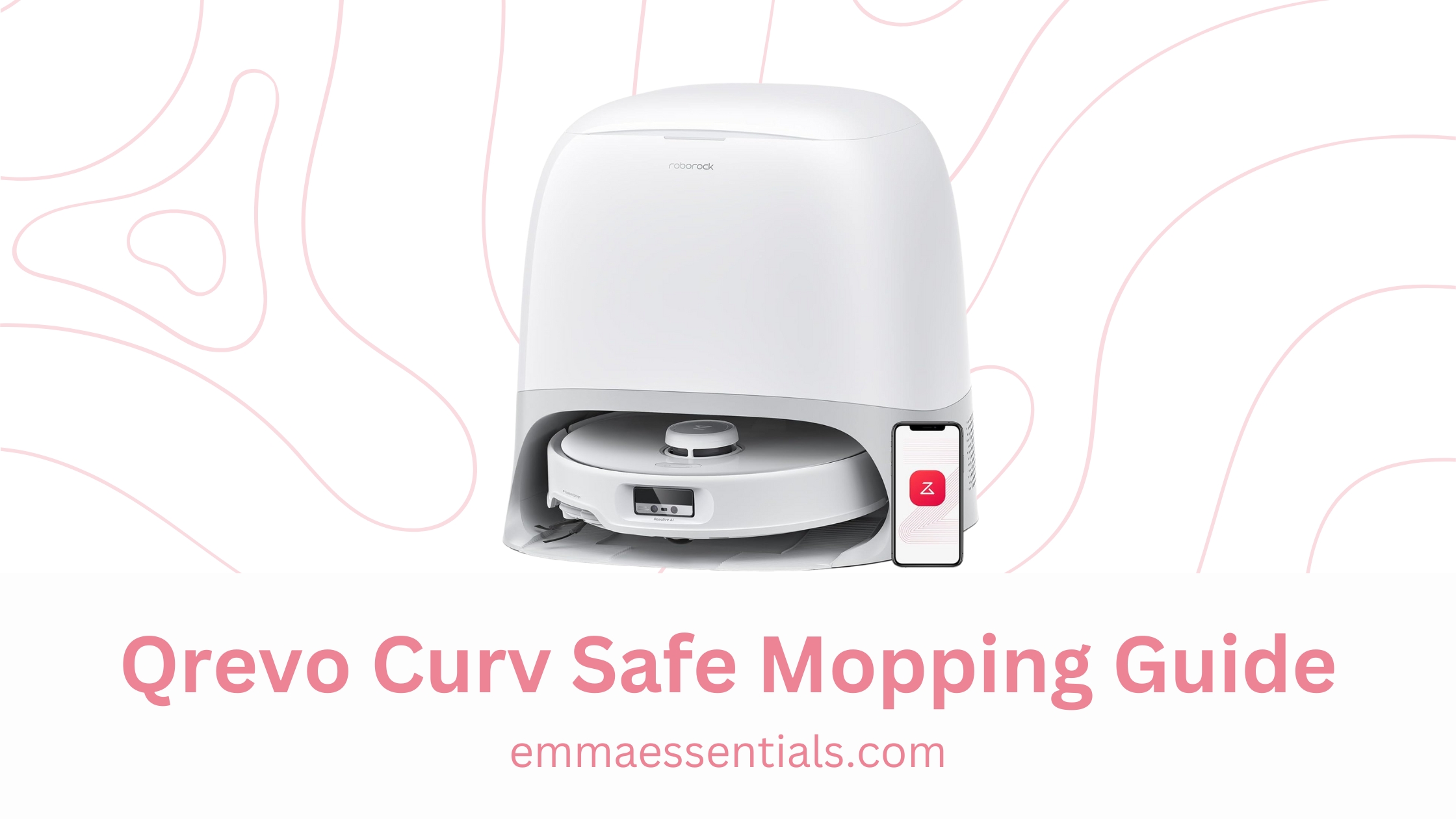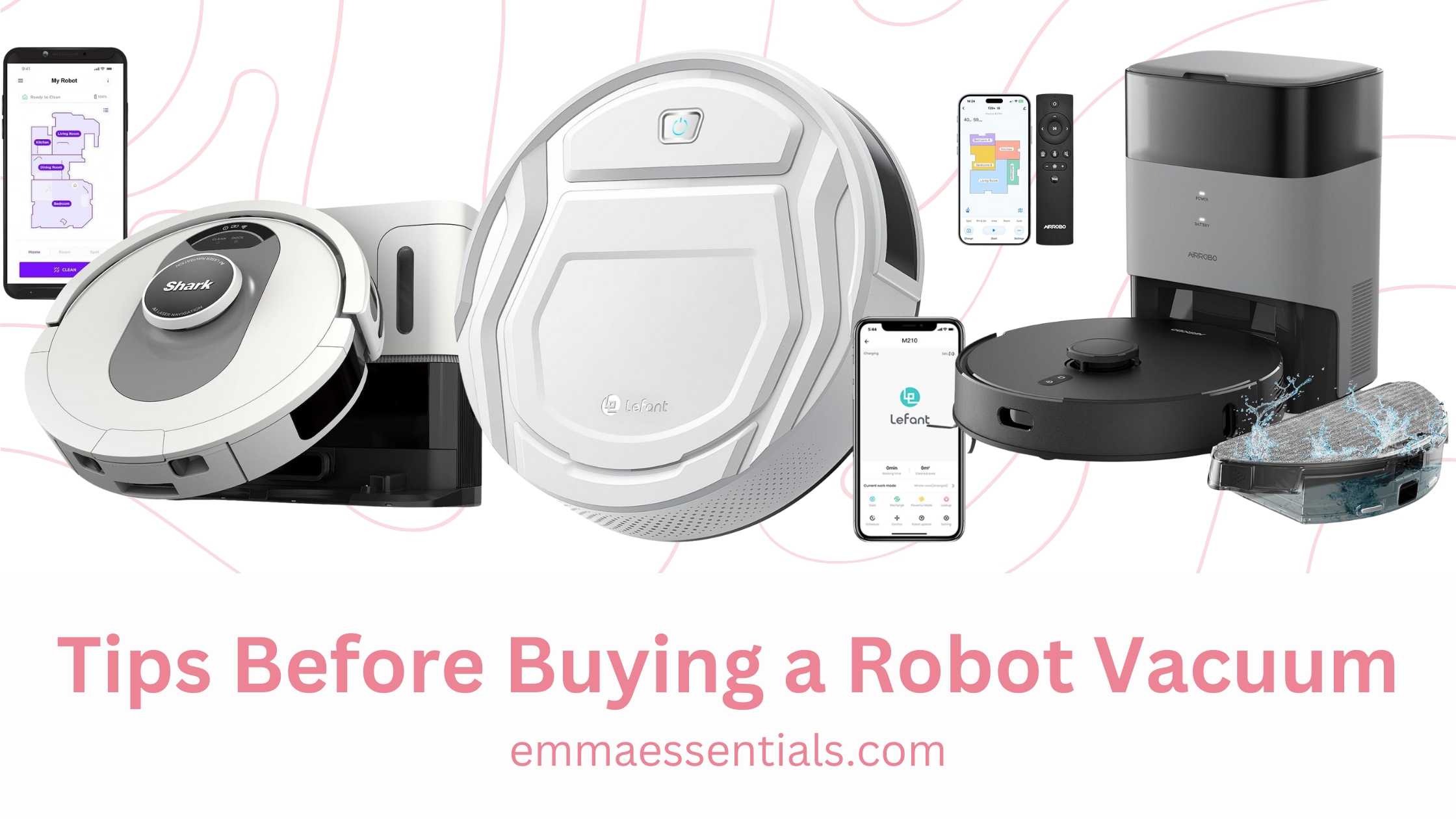
Note: this article contains amazon affiliate links.
Are you worried about using your new Roborock Qrevo Curv on laminate flooring? You’re not alone. Many homeowners share concerns about potential water damage to their laminate floors. Let’s explore how to safely and effectively use your robot mop without compromising your flooring.
Understanding Laminate Floor Sensitivity
Laminate flooring requires careful maintenance when it comes to water exposure. While these floors are designed to resist some moisture, excessive water can lead to:
- Warping
- Swelling
- Separation between boards
- Long-term structural damage
Optimal Settings for the Qrevo Curv
For laminate floors, we recommend:
- Light water flow setting
- Increased suction power
- More frequent, lighter cleaning sessions
- Using the quick-dry mopping mode
Recommended Cleaning Schedule
For best results with laminate floors:
- Light maintenance mopping: 2-3 times per week
- Deep cleaning: Once per week
- Vacuum-only mode: Daily or every other day
Best Practices for Laminate Floor Care
- Water Level Settings
- Start with the lowest water flow setting
- Monitor how quickly floors dry after cleaning
- Adjust based on your specific flooring needs
- Cleaning Solution
- Use only manufacturer-recommended solutions
- Avoid excess soap or harsh chemicals
- Consider specialized laminate floor cleaners
Recommended Amazon Products
- Roborock Qrevo Curv – Your main cleaning solution
- Laminate Floor Cleaning Solution – Specifically formulated for robot mops
- Microfiber Mop Pads – Extra pads for your Qrevo Curv
Signs You’re Using Too Much Water
Watch for these indicators:
- Floors taking more than 1-2 minutes to dry
- Water pooling in any areas
- Visible streaks after drying
The Verdict
The Roborock Qrevo Curv can safely clean laminate floors when used correctly. The key is maintaining proper water levels and cleaning frequency. If your floors dry within a minute, as mentioned in your experience, you’re likely using an appropriate amount of water.
Key Takeaways
- Use minimal water settings
- Clean more frequently with less water
- Monitor drying time
- Stick to recommended cleaning solutions
Safety Tip: Always test new cleaning settings in a small, inconspicuous area first.
Have you found this article helpful? Share it!


